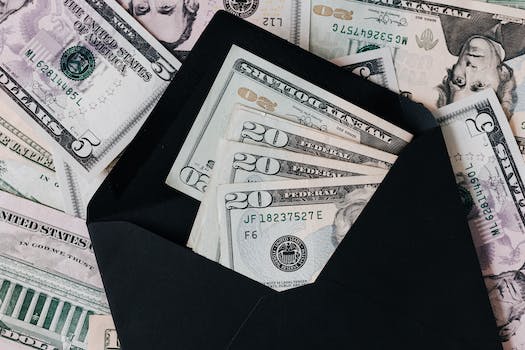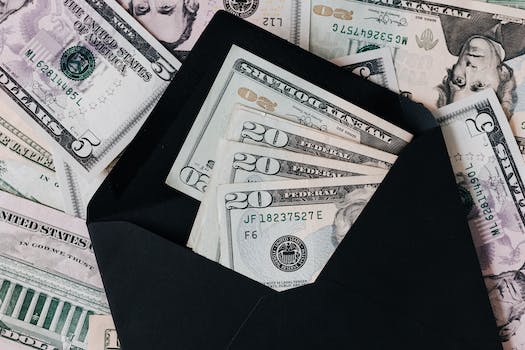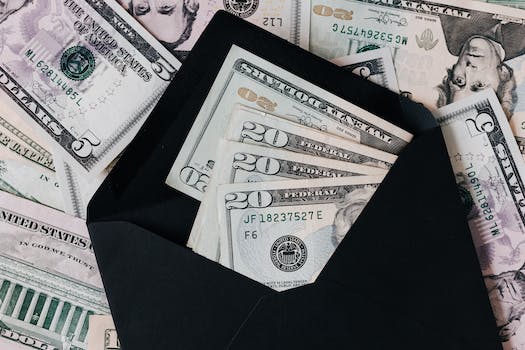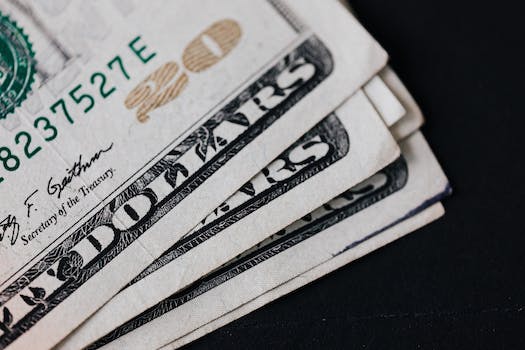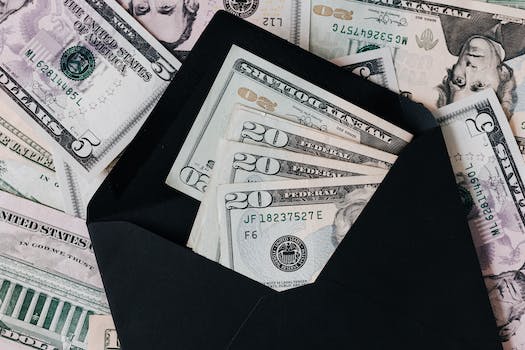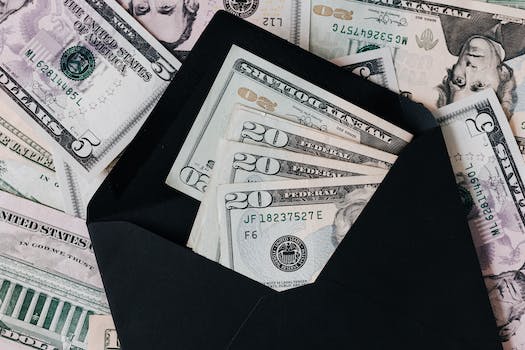How To Save Money On A Car
“Drive smarter, not harder: Tips for saving money on your car expenses.”
Introduction
Introduction: Saving money on a car is a smart financial decision that can help you reduce your expenses and increase your savings. Whether you are buying a new or used car, there are several ways to save money on your purchase and ongoing expenses. In this article, we will discuss some tips and strategies that can help you save money on a car.
Negotiating Tips for Buying a Car
Buying a car can be a daunting task, especially when it comes to negotiating the price. However, with a few tips and tricks, you can save money on your next car purchase.
Firstly, do your research. Before you even step foot in a dealership, make sure you know the market value of the car you are interested in. This will give you a good idea of what a fair price is and will help you negotiate with confidence. You can use websites such as Kelley Blue Book or Edmunds to get an estimate of the car’s value.
Next, be prepared to walk away. If the dealer is not willing to negotiate on the price, don’t be afraid to walk away. There are plenty of other dealerships and cars out there, and you don’t want to overpay for a car just because you feel pressured to make a purchase.
When negotiating, start with a low offer. This will give you room to negotiate and will show the dealer that you are serious about getting a good deal. However, make sure your offer is reasonable and based on the research you have done.
Another tip is to negotiate the price of the car before discussing financing. If you negotiate the price first, you can then focus on getting the best financing deal possible. This will save you money in the long run as you will be paying less interest on a lower-priced car.
It’s also important to be aware of any additional fees that may be added to the price of the car. These can include documentation fees, dealer preparation fees, and advertising fees. Make sure you know what these fees are and negotiate them down if possible.
If you have a trade-in, make sure you know its value before going to the dealership. You can use websites such as Kelley Blue Book or Edmunds to get an estimate of your trade-in’s value. This will give you an idea of what to expect and will help you negotiate a fair trade-in value.
Finally, don’t be afraid to ask for extras. Dealerships may be willing to throw in extras such as free oil changes or a warranty extension to sweeten the deal. However, make sure you are not paying for these extras in the price of the car.
In conclusion, negotiating the price of a car can be intimidating, but with a little research and preparation, you can save money on your next car purchase. Remember to do your research, be prepared to walk away, start with a low offer, negotiate the price before discussing financing, be aware of additional fees, know the value of your trade-in, and ask for extras. By following these tips, you can get a great deal on your next car.
The Pros and Cons of Leasing vs. Buying a Car
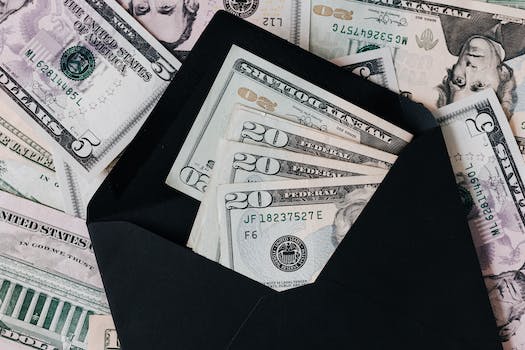
Are you in the market for a new car but worried about the cost? It’s no secret that buying a car can be a significant expense, but there are ways to save money. One of the biggest decisions you’ll need to make is whether to lease or buy a car. Both options have their pros and cons, so it’s essential to weigh them carefully before making a decision.
Leasing a car can be an attractive option for those who want a new car every few years. When you lease a car, you’re essentially renting it for a set period, usually two to three years. During this time, you’ll make monthly payments, but they’ll typically be lower than if you were buying the car outright. Additionally, you won’t have to worry about selling the car when you’re ready for a new one, as you’ll simply return it to the dealership.
However, there are some downsides to leasing a car. For one, you’ll have mileage restrictions, which can be a problem if you have a long commute or like to take road trips. Additionally, you’ll need to keep the car in good condition, as any damage beyond normal wear and tear will result in additional fees. Finally, you won’t own the car at the end of the lease, so you won’t have any equity in it.
Buying a car, on the other hand, can be a better option for those who want to own their vehicle outright. When you buy a car, you’ll make monthly payments until the car is paid off, at which point you’ll own it. This can be a great feeling, as you’ll have equity in the car and can sell it or trade it in when you’re ready for a new one.
However, buying a car can be more expensive in the short term. Your monthly payments will likely be higher than if you were leasing, and you’ll need to come up with a down payment. Additionally, you’ll be responsible for any repairs or maintenance the car needs, which can add up over time.
So, which option is right for you? It depends on your individual needs and preferences. If you like having a new car every few years and don’t mind the restrictions that come with leasing, it may be the right choice for you. On the other hand, if you want to own your car outright and don’t mind the higher monthly payments, buying may be the better option.
Regardless of whether you choose to lease or buy, there are other ways to save money on a car. One of the best ways is to do your research and shop around. Don’t just go to one dealership and accept their offer – get quotes from multiple dealerships and compare them. Additionally, consider buying a used car instead of a new one. Used cars can be just as reliable as new ones, and they’re often much cheaper.
Another way to save money on a car is to negotiate. Don’t be afraid to haggle with the dealership – they want to make a sale, and they may be willing to lower the price or throw in some extras to get you to buy. Additionally, consider financing through a credit union or bank instead of the dealership. You may be able to get a lower interest rate, which can save you thousands of dollars over the life of the loan.
In conclusion, there are pros and cons to both leasing and buying a car. It’s important to weigh these carefully and consider your individual needs before making a decision. Additionally, there are other ways to save money on a car, such as shopping around, buying used, and negotiating. By doing your research and being smart about your purchase, you can save thousands of dollars on your next car.
How to Find the Best Car Insurance Deals
When it comes to owning a car, there are many expenses to consider. From gas and maintenance to car payments and insurance, the costs can quickly add up. However, there are ways to save money on your car expenses, and one of the most significant ways is by finding the best car insurance deals.
First and foremost, it’s essential to understand the different types of car insurance coverage available. Liability insurance is the minimum requirement in most states and covers damages you may cause to other people or their property. Collision insurance covers damages to your own vehicle in the event of an accident, while comprehensive insurance covers damages from non-collision incidents such as theft, vandalism, or natural disasters.
Once you understand the different types of coverage, it’s time to start shopping around for the best deals. One of the easiest ways to do this is by using online comparison tools. These tools allow you to enter your information and receive quotes from multiple insurance companies, making it easy to compare prices and coverage options.
When using comparison tools, be sure to enter accurate information about your driving history, vehicle, and coverage needs. This will ensure that the quotes you receive are accurate and that you’re not overpaying for coverage you don’t need.
Another way to save money on car insurance is by bundling your policies. Many insurance companies offer discounts for bundling home and auto insurance policies, so be sure to check with your current provider to see if this is an option.
Additionally, you can save money by increasing your deductible. A deductible is the amount you pay out of pocket before your insurance coverage kicks in. By increasing your deductible, you can lower your monthly premium, but be sure to choose a deductible that you can afford to pay in the event of an accident.
It’s also important to review your coverage regularly. As your car ages, you may not need as much coverage as you did when it was new. Reviewing your coverage annually can help you identify areas where you can save money without sacrificing protection.
Finally, be sure to ask about discounts. Many insurance companies offer discounts for things like safe driving, good grades, and anti-theft devices. By taking advantage of these discounts, you can lower your monthly premium and save money over time.
In conclusion, finding the best car insurance deals is an essential part of saving money on your car expenses. By understanding the different types of coverage, using online comparison tools, bundling policies, increasing your deductible, reviewing your coverage regularly, and asking about discounts, you can lower your monthly premium and save money over time. So, take the time to shop around and find the best deals for your needs, and you’ll be on your way to saving money on your car expenses.
DIY Car Maintenance to Save Money
Are you tired of spending a fortune on car maintenance? Do you want to learn how to save money on your car? Well, you’re in luck! In this article, we’ll be discussing some DIY car maintenance tips that can help you save money in the long run.
Firstly, it’s important to understand that regular maintenance is key to keeping your car in good condition. This means checking your oil levels, tire pressure, and brakes regularly. By doing this, you can catch any potential problems early on and avoid costly repairs down the line.
One of the easiest DIY maintenance tasks you can do is changing your own oil. This can save you a significant amount of money compared to taking your car to a mechanic. All you need is an oil filter wrench, a drain pan, and some new oil. Simply drain the old oil, replace the filter, and refill with new oil. It’s that easy!
Another DIY maintenance task that can save you money is replacing your own air filter. A dirty air filter can reduce your car’s fuel efficiency and cause damage to your engine over time. By replacing it yourself, you can save money on labor costs and improve your car’s performance.
If you’re feeling more adventurous, you can also try replacing your own brake pads. This can be a bit more challenging, but it can save you hundreds of dollars in labor costs. You’ll need a jack, a lug wrench, and a set of new brake pads. Simply remove the old pads, replace them with the new ones, and reassemble the brake caliper.
Of course, not all car maintenance tasks can be done at home. Some repairs require specialized tools and expertise. However, by learning how to do some basic maintenance tasks yourself, you can save money on routine maintenance and avoid costly repairs in the future.
In addition to DIY maintenance, there are other ways to save money on your car. One of the most effective ways is to drive more efficiently. This means avoiding sudden stops and starts, maintaining a steady speed, and avoiding excessive idling. By doing this, you can improve your car’s fuel efficiency and save money on gas.
Another way to save money on your car is to shop around for the best deals on parts and services. Don’t be afraid to ask for quotes from multiple mechanics or auto parts stores. You may be surprised at how much you can save by doing a bit of research.
Finally, it’s important to take care of your car’s appearance as well. Regular washing and waxing can help prevent rust and other damage, which can save you money on repairs in the long run. Plus, a clean car just looks better!
In conclusion, there are many ways to save money on your car. By learning how to do some basic maintenance tasks yourself, driving more efficiently, shopping around for the best deals, and taking care of your car’s appearance, you can keep your car in good condition and save money in the process. So why not give it a try? Your wallet (and your car) will thank you!
Maximizing Fuel Efficiency to Save on Gas Costs
Are you tired of spending a fortune on gas every month? Do you want to save money on your car expenses? Maximizing fuel efficiency is one of the best ways to save on gas costs. Here are some tips on how to do it.
Firstly, maintain your car properly. Regular maintenance can improve your car’s fuel efficiency by up to 4%. Make sure to change your oil and air filters regularly, as dirty filters can reduce fuel efficiency. Also, keep your tires properly inflated, as underinflated tires can decrease fuel efficiency by up to 3%.
Secondly, drive smoothly. Aggressive driving, such as sudden acceleration and hard braking, can reduce fuel efficiency by up to 33%. Instead, accelerate gradually and maintain a steady speed. Use cruise control on the highway to maintain a constant speed and reduce fuel consumption.
Thirdly, lighten your load. The heavier your car, the more fuel it needs to move. Remove any unnecessary items from your car, such as heavy tools or sports equipment. Also, avoid carrying a roof rack or cargo box unless you really need it, as they can increase wind resistance and reduce fuel efficiency.
Fourthly, plan your trips. Combine multiple errands into one trip to reduce the number of times you need to drive. Also, avoid rush hour traffic if possible, as stop-and-go driving can decrease fuel efficiency. Use a GPS or map to find the most efficient route to your destination.
Fifthly, use the right fuel. Check your car’s owner manual to see what type of fuel is recommended. Using a higher octane fuel than necessary will not improve your car’s performance or fuel efficiency. Also, avoid filling up your tank when the gas station is busy, as the fuel may be contaminated with sediment from the underground tanks.
Lastly, consider alternative transportation options. If you live in a city with good public transportation, consider taking the bus or train instead of driving. You can also carpool with coworkers or friends to split the cost of gas. If you only need a car occasionally, consider renting one instead of owning one.
In conclusion, maximizing fuel efficiency is a great way to save money on gas costs. By maintaining your car properly, driving smoothly, lightening your load, planning your trips, using the right fuel, and considering alternative transportation options, you can reduce your car expenses and save money. So, start implementing these tips today and enjoy the benefits of a more fuel-efficient car.
Conclusion
Conclusion: Saving money on a car can be achieved by researching and comparing prices, negotiating with dealerships, considering used or certified pre-owned vehicles, and maintaining the car properly to avoid costly repairs. It is important to set a budget and stick to it, as well as considering long-term costs such as insurance and fuel efficiency. By following these tips, individuals can save money on their car purchase and ownership.

